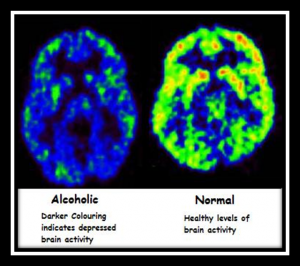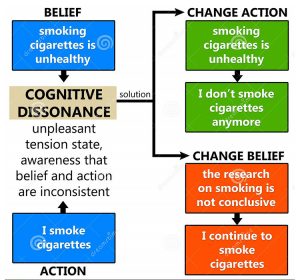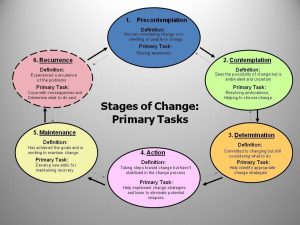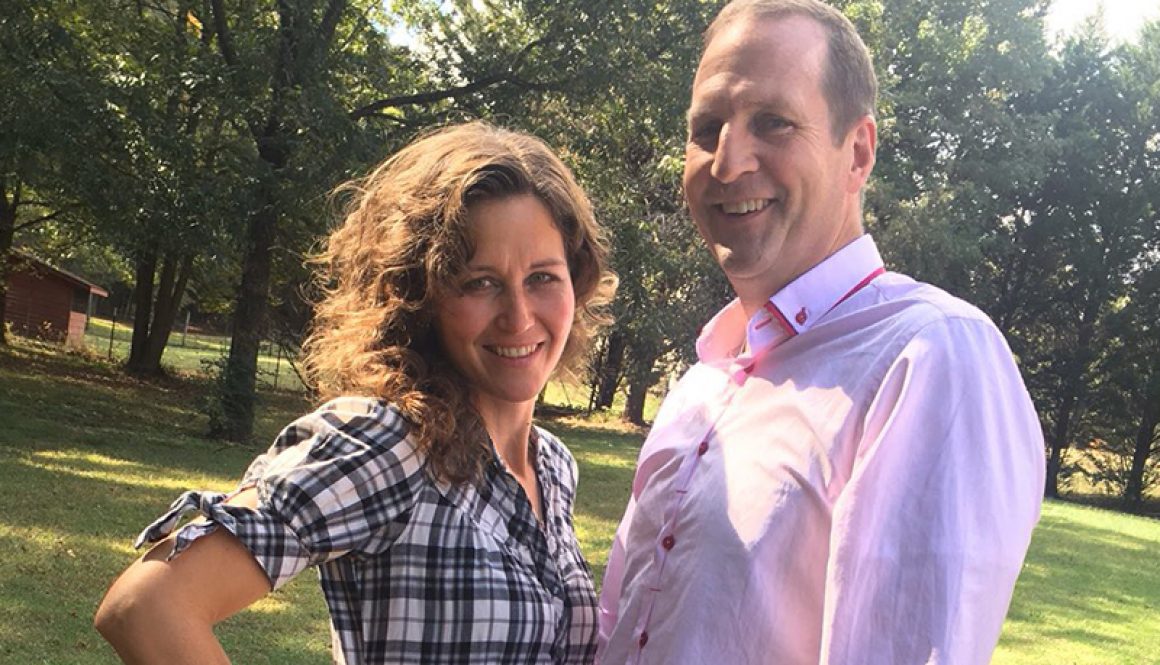Happy as a Pig in S***
Happiness Is Misleading.
What do we know about being happy or happiness?
Actually, we know quite a bit. First, we know that happiness is a misleading term. For most people, being happy or experiencing happiness equals“fun” or “joy”. Those things are part of the good life. However, neither of those constitute a satisfying life in and of themselves.
We should get rid of the term happiness.
Instead, we should focus on SUBJECTIVE WELL BEING (SWB).
There are other terms that capture the SWB spirit. Contentment, life satisfaction, serenity, personal wellness, self-actualization are in the same ballpark.
Whatever term fits best with your personal world-view. The important thing to keep in mind, we are not pursuing joy or happiness alone.
We are pursuing a state of being. We are pursuing a mindset. A happy mindset.
Where Do We Begin?
In 1993 Martin Seligman launched the discipline of positive psychology. Seligman was the president of the American Psychological Association at the time.
Seligman had access to some of the best minds in psychology and some of the best information in psychology.
He was disillusioned with the psychotherapeutic focus on pathology rather than strengths. He was stunned with the complete void of research surrounding happiness. Seligman responds by starting a new discipline. He and his colleagues begin the process of unpacking well-being.
Sigmund Freud reportedly said, “the goal of psychotherapy is to get you to ordinary human misery”. The goal of positive psychology is to help you thrive not just survive.
The positive psychology crew focused on the following:
- Using the scientific method and gold-standard research practices, the team identified universal characteristics, traits, and behaviors of the “happiest people on the planet”. They found many common factors that transcend race, gender, socio-economic status, ethnicity, and culture.
- The crew developed psychologically sound interventions that address these characteristics. These interventions were tested, evaluated, and refined. The result is a very pragmatic and hopeful set of action-oriented interventions that are proven to improve mood and raise subjective well-being.
The Subjective Well Being (SWB) plan:
It stands to reason then, that we can take these interventions and form a very practical and easy to implement an action plan. We can develop a SWB plan!
How does the SWB plan work?
- Start with an understanding of “happiness”. You can do this in a variety of ways. Ideally, you have a coach or instructor that can help you learn the content, clarify concerns, and answer questions. However, you may have to engage in self-study. I utilize an 8-week educational program to guide my clients and my groups. The syllabus covers the basics and leaves participants with a very good understanding of the principles of positive psychology.
- Once you have knowledge of the principles: Find 3 or 4 positive psychology principles to focus on. Discuss their application to current life situations and explore the actions/interventions that are associated with each principle.
NOTE: the University of Pennsylvania Authentic Happiness website has a questionnaire section. These assessment tools can help you identify focus areas.
Here is an example of positive psychology principles driving individualized interventions. Guided by assessment and self-awareness.
The VIA-Character strengths questionnaire is used to identify top character strengths (there are 24 universal character strengths). Examples of character strength include creativity, bravery, curiosity, appreciation of beauty, and gratitude.
Let’s pretend you take the VIA-Character strengths questionnaire and “gratitude” appears at the top of the list.
The intervention calls for an intentional focus on doing things that tap into “gratitude”.
Be Happy – 3 Good Things
Therefore, you begin to actively practice the positive psychology intervention of “3 GOOD THINGS”
3 GOOD THINGS = Every day, at the end of the day, you write down “3 Good Things” that happened that day.
You commit to 30 consecutive days and you agree to never list a good thing twice. No repeat “good things”.
This will quickly force you to concentrate on recognizing good things throughout the course of the day. You will be tapping into the character strength of gratitude.
3. Identify the specific interventions you will integrate into your life. As discussed above, these interventions should specifically target positive psychology principles consistent with your individual profile. No two SWB plans are 100% the same.
Once you identify these focus actions, write it down. Then simply put one foot in front of the other.
If you make a mistake, get right back on the wagon. Day by day you will build new habits and subjective well-being will be within your grasp.
A Few More Happy Examples:
Principle: There is a formula for happiness or SWB:
SWB = 50% Set Point (S) + 10% Circumstances (‘C) + 40% Voluntary Control (VC)
Set point (S): You were born this way. This is the “nature” aspect of being happy or happiness. Your personality and your “make-up”. Simply put, some people are happier than others. Some people are more grumpy. Some nationalities are happier. Also, other nationalities are naturally more negative. It is what it is. You can’t change this.
Circumstance: External conditions. Finances. Health. Family issues and so on. These circumstances can be good or bad. Winning the lottery versus getting in a terrible car accident.
On the whole, over time, circumstances will account for about 10% of your overall SWB. Many times circumstances are out of your control.
However, Positive Psychology does provide specific interventions that help people through challenging circumstances. For example, how to respond to suffering is a question Positive Psychology tries to answer.
In addition, there will be certain “circumstances” which can be improved. Physical health problems, for example, can be improved via nutrition, sleep, and exercise.
Positive Psychology focuses on what you can control. Do what you can to improve the circumstances.
Voluntary Control: This is the main focus of Positive Psychology. 40% of your mood on any given day is under your voluntary control and can be directly influenced by intentional activities, disciplined thinking, and preparation. Most Positive Psychology interventions influence the area of voluntary control.
Action Planning
Using these general principles, develop a simple and direct action plan.
Focus on improving the areas of obvious need. Don’t overthink.
Example of an “Action Plan”:
Self-assessment: My circumstances could be improved by taking better care of my physical health. I don’t feel well many days and that influences my outlook and interactions.
Steps: Sleep at least 6 hours | Stop eating sugary snacks and hammering Red Bull energy drinks all day.
Voluntary Control: I could be more present and grateful.
Steps: Utilize “3 Good Things” to develop optimism, notice the positive and nurture gratitude.
Take a minute and do your own self-assessment.
- What circumstantial challenges are you facing right now?
- Can you do anything to change or improve the situation?
- What can you do to improve your attitude?
Positive Psychology
Use the Positive Psychology website to identify other interventions that improve outcomes in the area of voluntary control.
This website provides a great resource for solution-focused positive psychology interventions: https://positivepsychology.com/positive-psychology-interventions/
Note: Mental Health concerns such as anxiety and depression are very real.
If you are seeing a therapist or under the care of a psychiatrist please DO NOT change the treatment plan. These interventions are not meant to replace medical care.
Photo by Nicolas Castez on Unsplash


















